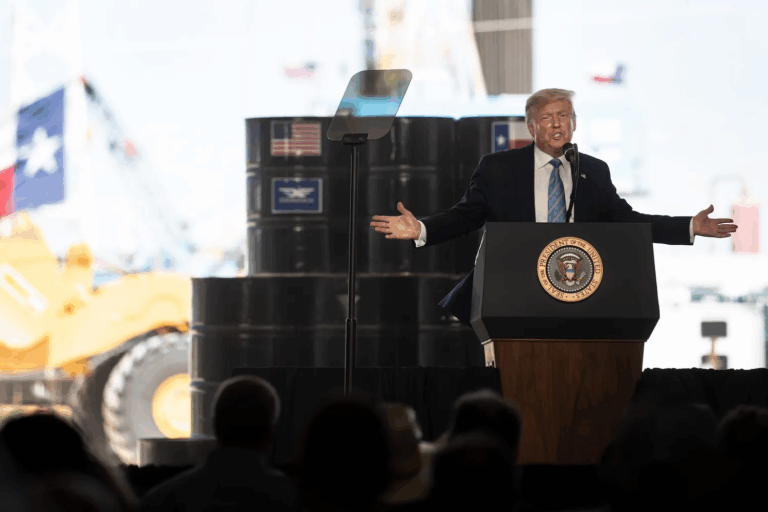Richard Nephew, Program Director for Economic Statecraft, Sanctions and Energy Markets at the Center on Global Energy Policy, reacts to the announcement today regarding the parameters for a Joint Comprehensive Plan of Action agreed to by the P5+1 and Iran. The views expressed here are his own.
You can engage with all of the Center’s content related to sanctions on our dedicated program webpage.
***
Today’s announcement by the Foreign Ministers (FM) of the P5+1 and Iran that the parameters of a comprehensive agreement have been finalized is welcome news. The description of what was agreed in Lausanne that was released by the State Department provides important and informative details that go beyond the official, agreed FM statement. Based on these details, it is clear that the United States and its partners were able to secure important nuclear commitments from Iran that will make getting a final deal possible.
The final deal will necessarily involve sanctions relief. The FMs agreed that, as soon as the International Atomic Energy Agency (IAEA) confirms that Iran has taken the necessary nuclear steps, sanctions relief will take place at the UN, the EU, and in the United States.
For the oil market, this means that – if a deal moves forward and is successfully implemented – more Iranian oil will be coming onto the market.
However, as I concluded in a March 17 blog post on the Center on Global Energy Policy’s website, “even if a deal is struck by the end of June, it is unlikely that global oil markets would see new crude from Iran for at least six months as implementation begin, and potentially later than that.”
The reality is that are a number of key hurdles to overcome before we see more Iranian oil legitimately entering the market.
First, there is the risk that a deal will not be reached. Though the progress made by the delegations in Switzerland was significant, the details required to successfully complete the negotiations are going to be controversial. It is likely that June 30th will arrive with still no clarity as to whether a final deal will be achieved or not.
Second, there remains a risk that the domestic political circumstances in Tehran and in Washington will undermine this progress. Already, there are statements suggesting that the agreement reached today is a give-away to Iran. Though I believe that the contours of what the Administration has been able to achieve ought to enable it to overcome opposition in Congress, this is not assured. Much work will be required in Washington to prevent this framework from being dismantled by precipitous legislative action, as I have previously written about the risks of such action. And, of course, the main question to ask those who support additional pressure on Iran now, the contours of which I have previously laid out, is: to what end, given the achievement reached today and the risks inherent in a return to the pressure strategy. Indeed, as I have written, the effectiveness of enhanced sanctions are far from certain. Similarly, there is going to be blow-back in Tehran from the nuclear steps agreed to by FM Zarif. We should not underestimate how politically difficult it will be to sell a two-thirds reduction in Iran’s installed centrifuges for a decade, as well as the myriad other steps agreed here.
Third, even if these steps are agreed to and domestic politics do not undermine a deal, there is still the time-consuming nature of what Iran must do to trigger relief. Iran will have to remove over 10,000 centrifuges from their current installations, as well as take a number of other, highly technical steps. This will take time. And, sanctions relief is linked directly to the IAEA’s verification that these steps have been taken. So, it would be wrong to assume that sanctions relief would start any time before the fall of 2015 – in the absolute best case. It is far more likely that sanctions relief, and oil relief in particular, will not take place until 2016 at the earliest.
Finally, the bureaucratic and physical limitations on Iran’s oil industry will still need to be resolved in order for much new oil to be made available for purchase, as outlined in the previous blog post.
Today is an important day in the history of the Iranian nuclear program and in international efforts to resolve concerns with it. But, it is not the last day of this story and much will depend on the negotiations still to come.
***
Richard Nephew is Director of the Economic Statecraft, Sanctions, and Energy Markets program at Columbia University’s Center on Global Energy Policy, and the former Deputy Coordinator for Sanctions Policy at the State Department.




